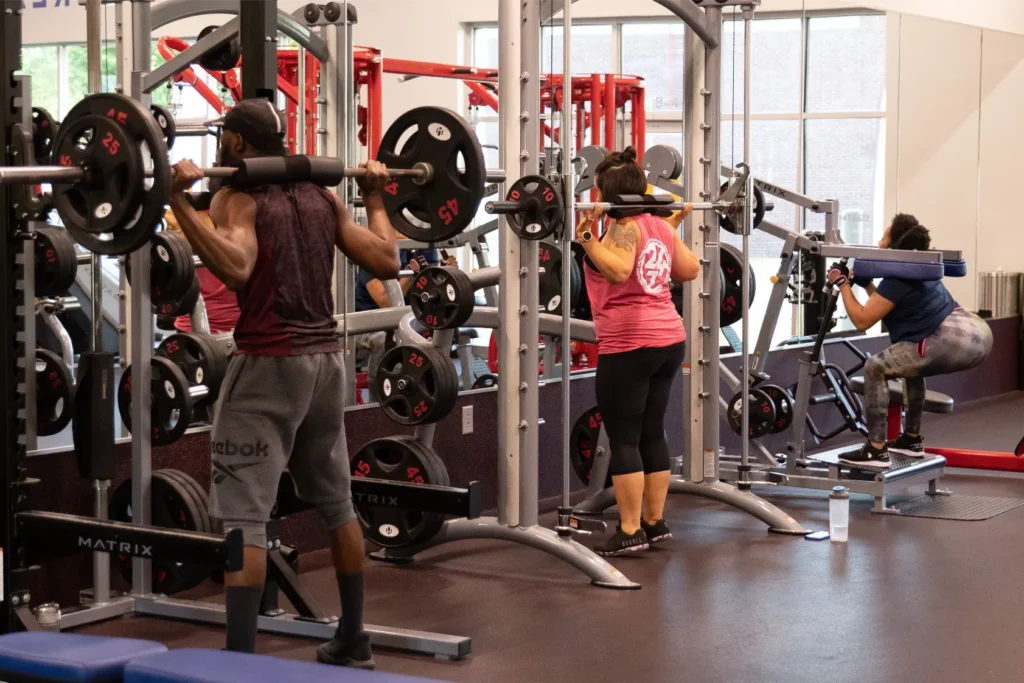Knee pain can be a real nuisance, impacting not only our daily activities but also our fitness routines. Whether you’re dealing with a lingering injury or just general discomfort, knee pain can make it challenging to fully enjoy activities like yoga. However, with the right modifications and approach, you can still reap the benefits of your yoga practice and even aid in your knee recovery.
Best yoga poses for knee pain
Let’s first see what poses are the best if you are suffering from knee pain:
- Child’s Pose (Balasana): This gentle pose helps to stretch the hips, thighs, and ankles while also providing a sense of relaxation. To protect your knees, you can place a blanket or cushion between your buttocks and heels for added support.
- Bridge Pose (Setu Bandhasana): This pose strengthens the muscles around the knees and thighs, helping to provide stability and support. Keep your feet hip-width apart and press into your heels to lift your hips off the mat gently.
- Warrior II (Virabhadrasana II): Warrior II is a great pose for building strength in the legs and improving balance. To protect your knees, ensure that your front knee is stacked directly over your ankle and that your back leg is engaged and strong.
- Tree Pose (Vrksasana): This balancing pose can help improve stability and focus while also gently stretching the muscles around the knees. Place your foot on your inner thigh or calf (avoiding the knee joint) and engage your core for added support.
- Supine Twist: This gentle twist helps to release tension in the spine and hips, which can indirectly alleviate pressure on the knees. Keep your movements slow and controlled, focusing on maintaining proper alignment to avoid strain on the knee joints.
What to do if you experience knee pain during yoga practice?
If you start to feel any discomfort or pain in your knees during a yoga session, it’s crucial to listen to your body. Pain is your body’s way of signaling that something isn’t right, so don’t push through it. Take a break, and assess the situation.
If you’re attending a yoga class, don’t hesitate to communicate with your instructor about your knee pain. They can provide modifications and alternative poses to help you continue your practice safely. Your instructor may also offer personalized guidance based on your specific needs.
Should I do yoga if my knee hurts?
If you are experiencing knee pain, it’s essential to approach your yoga practice with caution and mindfulness. While yoga can offer numerous benefits for physical and mental well-being, pushing through pain can exacerbate existing issues and potentially lead to further injury. It’s crucial to listen to your body and respect any discomfort or pain you may be feeling in your knees.
Before deciding whether to continue with your yoga practice, it’s recommended to consult with a healthcare provider or physical therapist to determine the underlying cause of your knee pain. They can provide guidance on whether yoga is suitable for you in your current condition and offer specific recommendations for modifications or alternative exercises.
Final thoughts
Managing knee pain during yoga practice requires a careful balance of listening to your body, making modifications, and seeking professional guidance when needed. By approaching your practice with mindfulness and respect for your body’s signals, you can continue to enjoy the benefits of yoga while protecting your knees from further strain.
If you’re in St. Augustine and looking to explore yoga classes in a supportive and welcoming environment, we invite you to take advantage of a special offer from HiTone Fitness. Get your 3-day free pass and experience their yoga classes firsthand to see if it’s the right fit for you.







